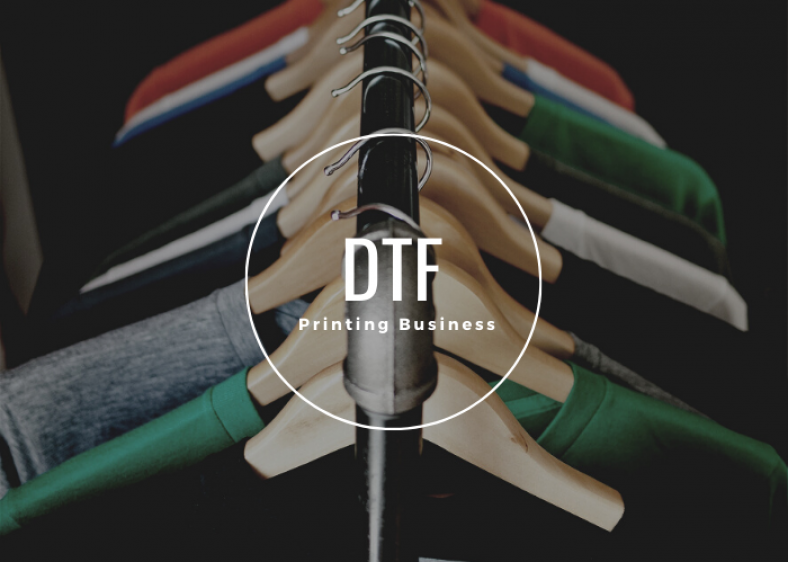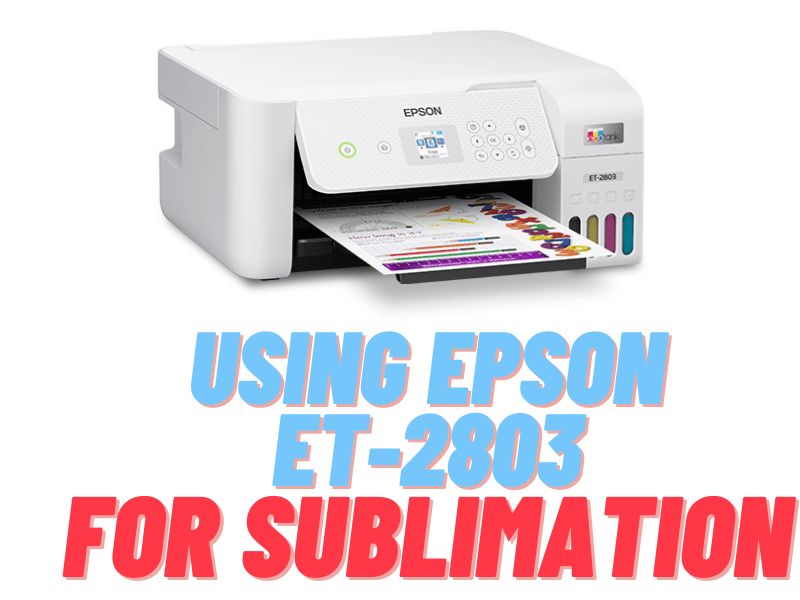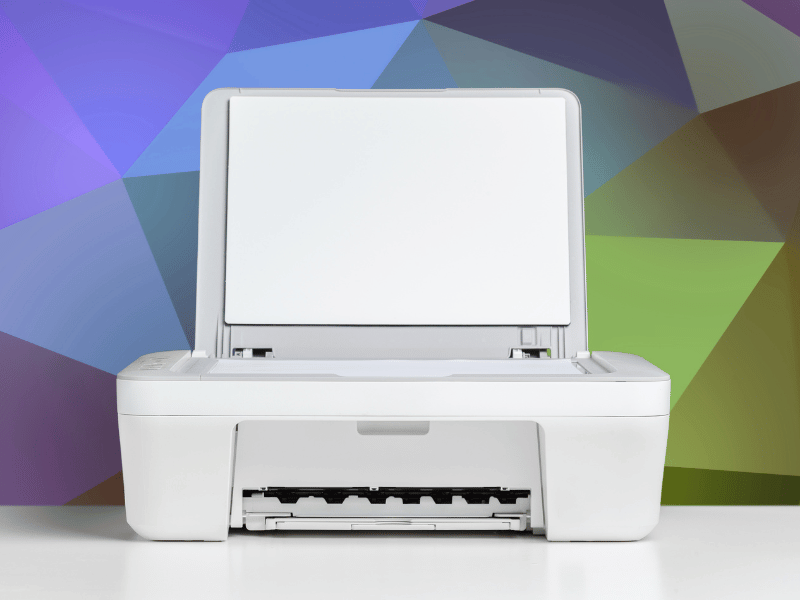Have you ever stayed up at night worried about your financial flow and bills? As you wait in traffic on your way to work, the following day, you ponder the problem with your texturing company. If you are experiencing these issues, why not experiment with a new machine known as DTF printers? DTF printers are often referred to as to direct to film heat transfer printers.
The DTF printing machine works the same way as its name implies, with the printing machine directly printing on the PET film. The designs will be transferred from the film to the fabric using a heat transfer process, which is convenient and cost-effective.
Due to some nations’ plastic bans, it appears that the PET film must be replaced with something that meets the regulations. We switched from PET film to DTF fabrics in response to environmentalists’ requests. It has several advantages. The first is that the DTF fabrics may be reused. The PET films must be rendered unusable after the pattern has been transferred. And the PET film, which comprises plastic, is unquestionably polluting the environment.
What is needed for DTF Printing:
If you are starting a direct to film printing business, the basic costs are DTF printer, graphic design software, DTF inks, Pet Films, Hot-melt adhesive Powder, Curing Oven, heat presses and other supplies.
What Type of printer is needed for DTF printing:
Unless you are comfortable figuring things out independently, the most popular models will be the best to utilize.
- The Epson L1800 (or another Epson printer with 6 color ink tank ) is widely used since it is inexpensive and widely accessible inside of the United States. It prints 13×19 but at a snail’s pace. A whole print takes at least 15 minutes. Printhead with six channels.
- Because it has an eight-channel DX5 printhead, the P400 is at least three times quicker than the L1800 / 1430. Ink cartridges or CISS connect straight into the printhead, allowing for easier access to the head and less wasted ink when the printer needs to rest for days without usage. The maximum print size is 13×19.
- With an eight-channel DX7 printhead, the P600 is as quick as the P400. Because of the built-in pressured ink system and accessible 80ml cartridges, it is best if you print frequently. Because of the ink system, not using it frequently will result in white ink separation in the lines, requiring you to spend ink to clean it out. The maximum print size is 13×19.
- The print width of the P800 is 17″. Like the P600, it has an ink system built-in.
Qualities expected when DTF printing is used for designs:
When it comes to producing high-quality T-shirts, a Direct film printer can match or even surpass the capabilities of a sublimation printer. Cotton, polyester, and lycra may all be printed on without issue. For one thing, it doesn’t have any color restrictions, and you may get an exquisite hue with either a dark or light cloth.
DTF printers have thereby eliminated all limitations imposed by traditional printing methods. In addition, DTF printers save you money because you don’t need any therapy in most circumstances. It can generate a substantial profit for your company.
The films utilized in DTF printing are known as PET film, which differs from screen-printing, and the PET film has a thickness of 0.75 mm, resulting in excellent transferring top quality. These pet dog movies are also known as DTF transfer movies. These videos can be cut up into bits and used just once. It is divided into two types based on temperature: cold-peel films and hot-peel films.
Choosing the right software for DTF printing:
The RIP Program (Raster Image Processor Software) All DTG, DTF, UV, and toner transfer printers require a RIP. They require a RIP since they’ve been customized to print with white inks and other specialist printing options. Even though the term “RIP” usually refers to the process of rasterizing an image file through a color management routine and then sending it to the printer, many RIP Software solutions offer a wide range of other functions and features to improve productivity and quality in digital printing applications like textile printing, wide-format printing, and fine art reproduction, for example. In other words, whether you want to print DTG, DTF, UV, or Transfers, your printer needs RIP software.
Conclusion:
The texture industry is expected to see significant expansion in DTF printers in the following years. Suppliers anticipate that DTF printing technology will be adopted by more and more enterprises shortly. This means that if you are the owner of a textile or T-shirt manufacturing firm, the DTF printer is a viable option.




